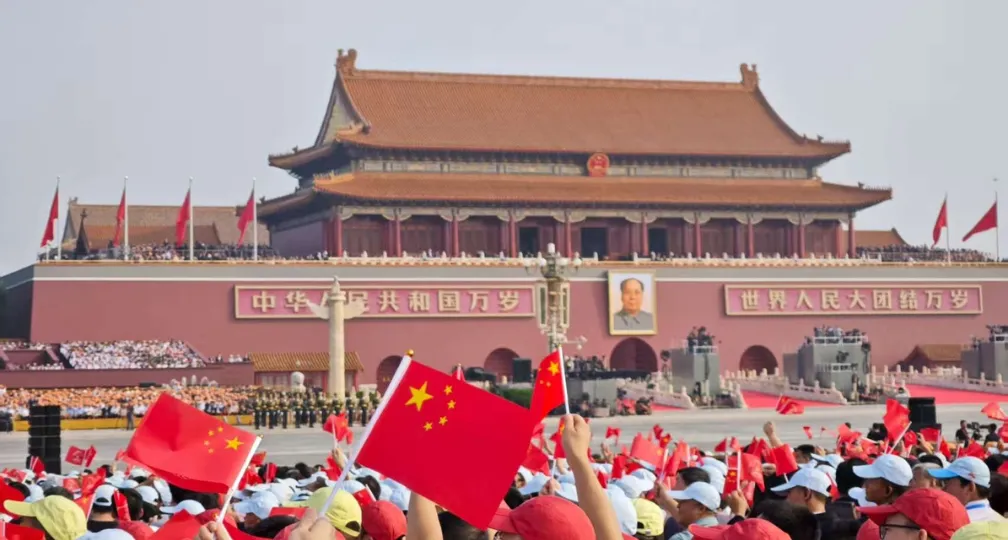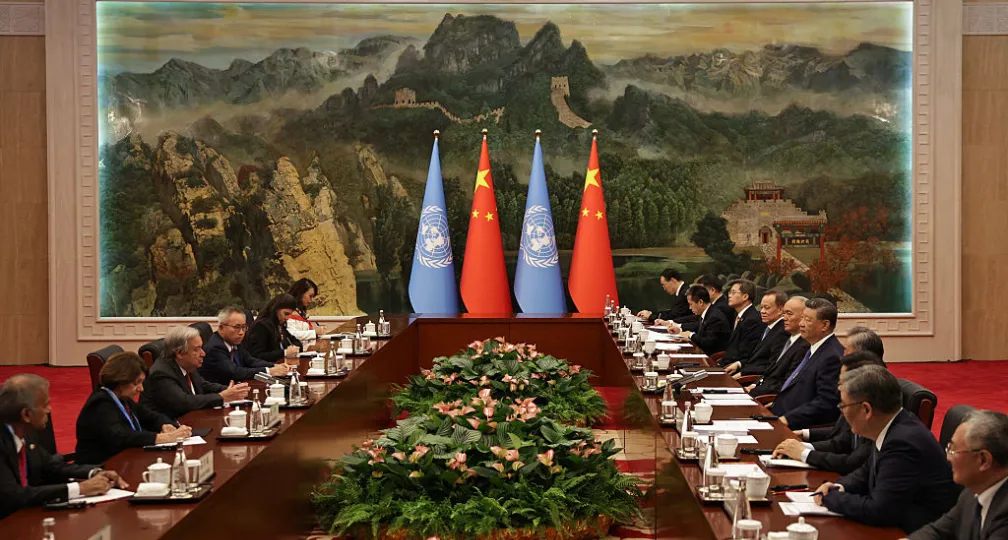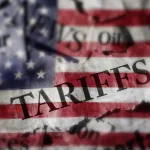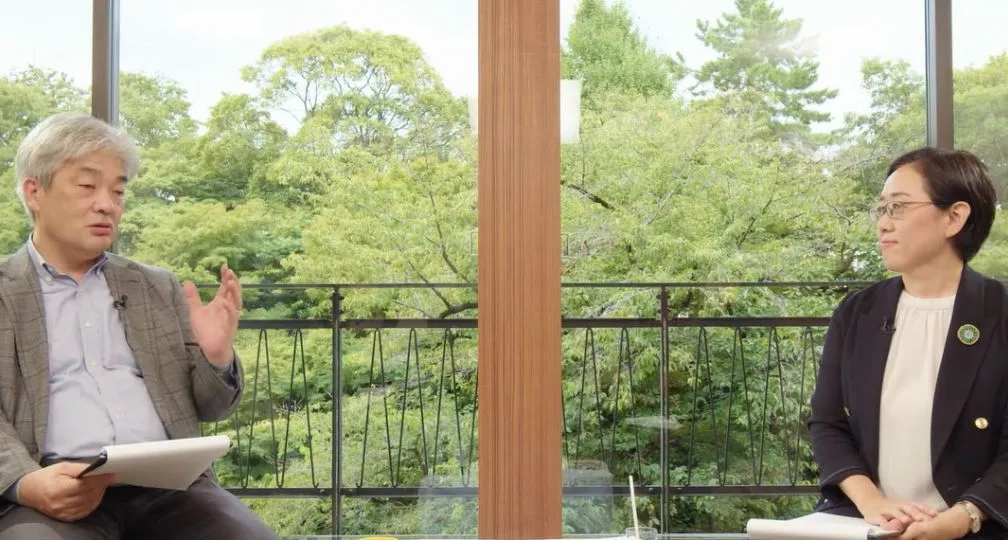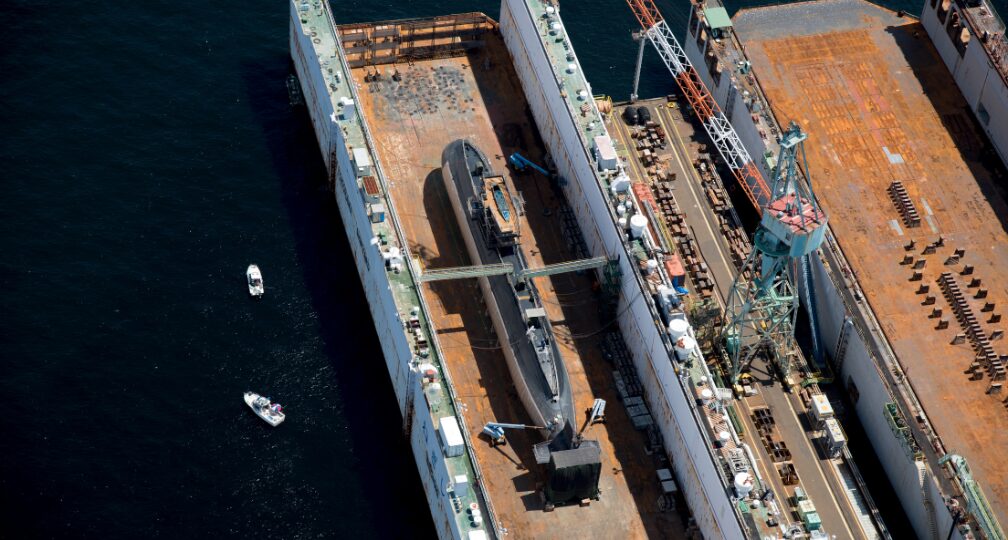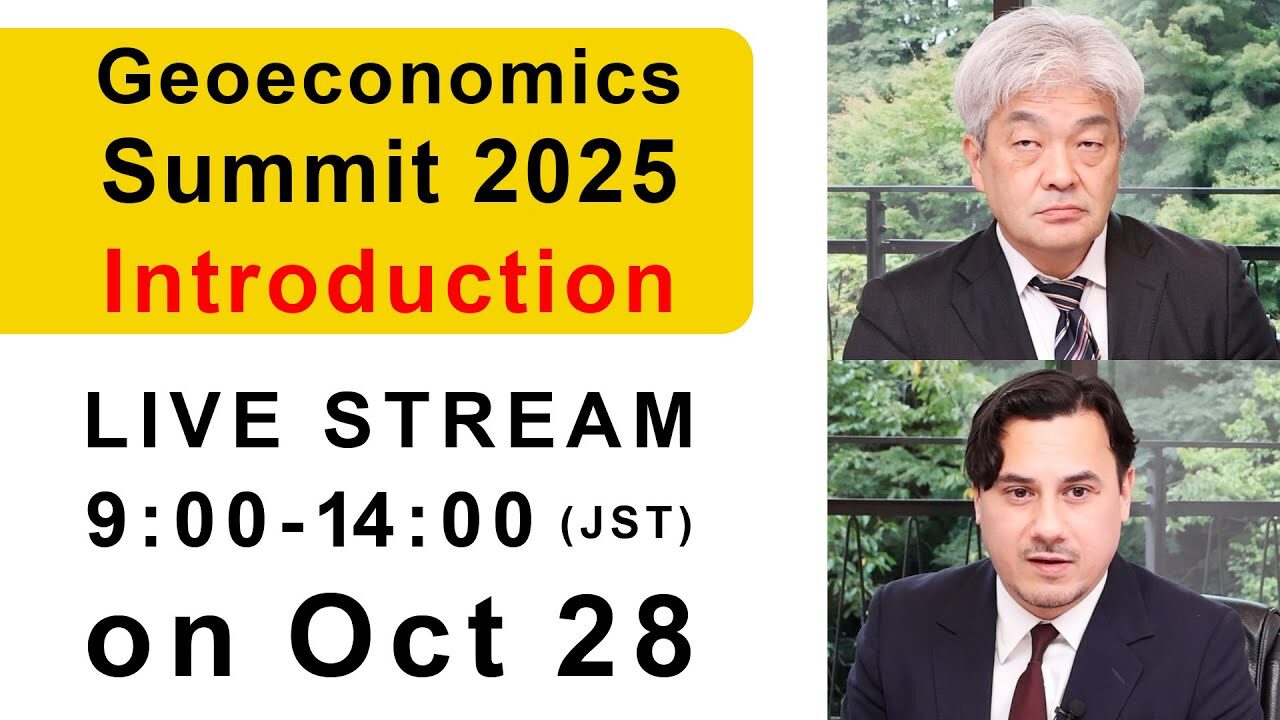Does the conflict in Ukraine represent a ‘new war’?
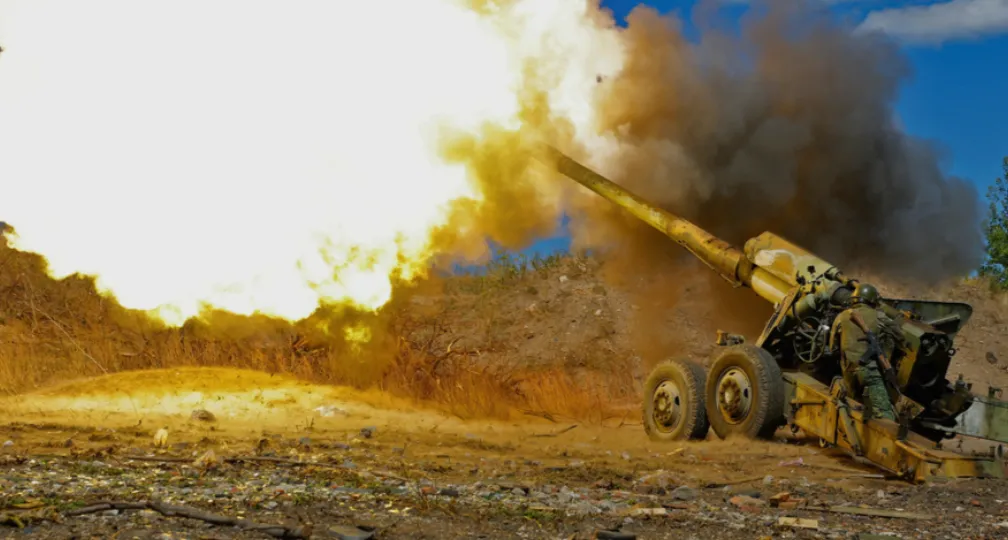
Lecturer, Research Center for Advanced Science and Technology,The University of Tokyo
When looking at the ongoing war in Ukraine, it may be considered in some ways as a “new war” — an unconventional battle largely distant from the established concept of warfare.
But in reality, while the conflict comprises many unconventional factors, it can be regarded as a conventional war in the sense that large-scale violence will determine how the battle ends.
The issue can be looked at from three perspectives — technology, nonmilitary means and the form of warfare — and in the course of this, the issue of what lessons Japan can learn from the war in terms of national security can be examined.
Technology changing battlefields
It can be said that the war in Ukraine involves almost all the military technologies that you can think of in the early 2020s.
One example is unmanned aerial vehicles (UAVs), or drones.
In particular, small tactical UAVs are used by both Russian and Ukrainian troops almost as standard equipment for intelligence, surveillance and reconnaissance (ISR) activities.
Both sides are also introducing medium-altitude, long-endurance (MALE) UAVs, which are larger in size and have better flight performance and ISR abilities. These UAVs seem to have been used in attack missions to some extent.
It is probably the first time for countries fighting a war to field MALE UAVs on a large scale.
Ukraine has surpassed Russia regarding the wide use of UAVs, as it has conducted ISR operations within a short distance by flying consumer-use microdrones in a dispersive manner and has adopted the tactic of attacking Russian forces from behind using loitering munitions — also known as suicide drones — supplied by the United States.
However, since currently available UAVs are remotely controlled, they can be disrupted by electronic countermeasures or intercepted by air defense systems.
In fact, after the Russian military began conducting large-scale electronic warfare, the average lifespan of the Ukrainian military’s drones dropped to less than a week.
On the other hand, after the U.S. began supplying the Ukrainian forces with high-speed, anti-radiation missiles (HARM), Russia’s air defense systems were damaged one after another, making more room for Ukraine’s UAVs and manned tactical aircraft to become active.
This indicates that UAVs or other new technologies do not drastically change the course of war by themselves.
In order for UAVs to work effectively, an enabler that creates such an environment is necessary. Moreover, UAVs themselves are functioning as an enabler for other military assets.
Nonmilitary means
In 2014, when Russia illegally annexed Crimea and conducted military intervention in the Donbas region of Ukraine, the use of nonmilitary means, especially information warfare, came under the spotlight.
At that time, Russia sought to spread information among residents in the conflict-affected regions, saying such things as: the interim government of Ukraine created in the aftermath of the February 2014 revolution is run by neo-Nazis waging a genocidal campaign against ethnic Russians; the overthrow of the Ukrainian government was controlled by Western countries; annexation by Russia will make life better for residents. This led to cognitive manipulation.
Moreover, Russia conducted large-scale cyberattacks on infrastructure in various parts of Ukraine, causing malfunctions in online services as well as power outages.
Such nonmilitary means are not so conspicuous in the current conflict.
Russia’s narratives have included calling Ukrainian President Volodymyr Zelenskyy’s administration neo-Nazis and claiming Ukraine is developing nuclear weapons, but such claims have failed to significantly upset the Ukrainian people.
This is mainly because the Ukrainian people have become resistant to disinformation since 2014. In addition to this, access to Russian media reports and Russian social media has been largely blocked by the Ukrainian government.
Even Russia’s large-scale cyberattacks, conducted immediately after it invaded Ukraine, did not bring about devastating confusion in Ukrainian society.
Meanwhile, the Ukraine government succeeded in winning the wide support of its people and the global community.
In addition to the moral legitimacy of Ukraine’s claims as a victim, the Zelenskyy administration’s skillful media strategy played an important role.
Even then, Ukraine’s information war has not been successful enough to shake Russian society and make Russian President Vladimir Putin decide on a cease-fire.
The Putin administration’s information control appears to be proving effective, again indicating the limited impact of information war.
Forms of warfare
The form of warfare underpinning the Russia-Ukraine conflict is extremely conventional.
It is a war in which a large number of soldiers and firearms are fielded to destroy each other’s military capabilities with the aim of forcing one’s political intentions on the other — the same as a war defined by Prussian military theorist Carl von Clausewitz in the 19th century as “nothing but a duel on an extensive scale.”
While Ukraine ordered a general military mobilization of the population to provide a large number of personnel for the war, Russian forces have been pushing forward with their superior fire power that uses a variety of artillery and rockets, both old and new.
However, more than six months into war, it is still not clear who the winner is.
The front line, stretching some 2,500 kilometers, has not changed much either.
As a result, a situation that looks like a scaled-down version of World War I has emerged, with both sides of the long front line conducting a war of attrition.
It is estimated that Russia’s military has suffered roughly 70,000 to 80,000 casualties and more than 1,000 tanks of Russian forces have been destroyed. The Ukrainian military has likely suffered the same level of damage, or maybe more.
Yet, the two sides are still capable of continuing the war because Russia possesses a huge stock of weapons and Ukraine has the ability to replenish its military thanks to the mobilization order and military assistance from Western nations.
It can be concluded that the course of the war in Ukraine will be shaped by conventional factors including military manpower, firepower and the ability to replenish them, and that it is more appropriate to look at factors such as technologies, nonmilitary means and nonstate actors as their dependent variables, at least when observed from the macro perspective of the nature of war.
Conventionality
Why did the war in Ukraine turn out to be a conventional war?
There have long been visions for a war whose winner will be determined by innovative military technologies regardless of the quantity of military manpower or firepower, or a war in which nonmilitary means are used to make an opposing nation collapse from within.
Russia is no exception, as various new forms of warfare have been debated among its military strategists.
Despite such a trend, the Russia-Ukraine war is being fought in a conventional way for three reasons.
First, nonmilitary means used by Russia in the 2014 conflict did not necessarily bring about expected achievements.
Except in Crimea or part of the Donbas region, with its many ethnic Russian residents, cognitive manipulation did not work on citizens and many areas preferred to remain under the government of Ukraine.
Russia apparently chose to invade Ukraine with large-scale regular military forces this time because of the failures in past attempts.
Secondly, Ukraine’s resistance and will to fight back remains strong.
When the war started, Zelenskyy chose to stay in Kyiv, and called on the people to fight against Russia. Many Ukrainian people supported him.
Consequently, Moscow’s assumptions that Russian forces would take the capital swiftly and the Ukrainian government would crumble proved wrong. In the meantime, large-scale military assistance started coming into Ukraine from Western countries, making it more difficult for Russia to declare victory in the early stages.
Thirdly, nuclear deterrence is functioning in this war.
Fearing a direct conflict with the West, Russia can’t eliminate military aid to Ukraine through forceful means. For the same reason, Western countries have also been unable to intervene directly in Ukraine.
Under such circumstances, Russia and Ukraine are conducting a “limited all-out war,” so to speak, to fight with all the conventional forces they have, while putting aside for now the possibility of the battle escalating to a destructive nuclear war.
This shows that conventional wars between countries are possible even in today’s world under certain conditions.
Japan can learn an important lesson from this war in considering its national security policy.
Particularly, Japan is believed to lack the ability to engage in a ferocious war of attrition, and overcoming this weak point will be the focus in strengthening its defense capabilities.
Japan must not only boost stocks of ammunition, but also increase the survivability, decentralization and redundancy of defense and commercial infrastructure, as well as enhance the ability to recover them.
Even if the ongoing war in Ukraine is fought in a conventional way, this doesn’t mean countries don’t need to prepare for a new form of war.
This is because wars don’t shift from one form to another. Rather, it should be interpreted as an increase in available options for war operations.
Moreover, there is a certain correlation between conventional wars and new forms of war.
While the war in Ukraine is centered on conventional warfare, factors of a new form of war are used as auxiliaries.
There will be different forms of war, including new tools of war being supplemented by conventional means or new and conventional factors used in a mixed fashion.
It is necessary for Japan to think seriously about how to prepare for varying forms of war and which of the factors to prioritize within its limited resources.
(Photo Credit: Reuters / Aflo)
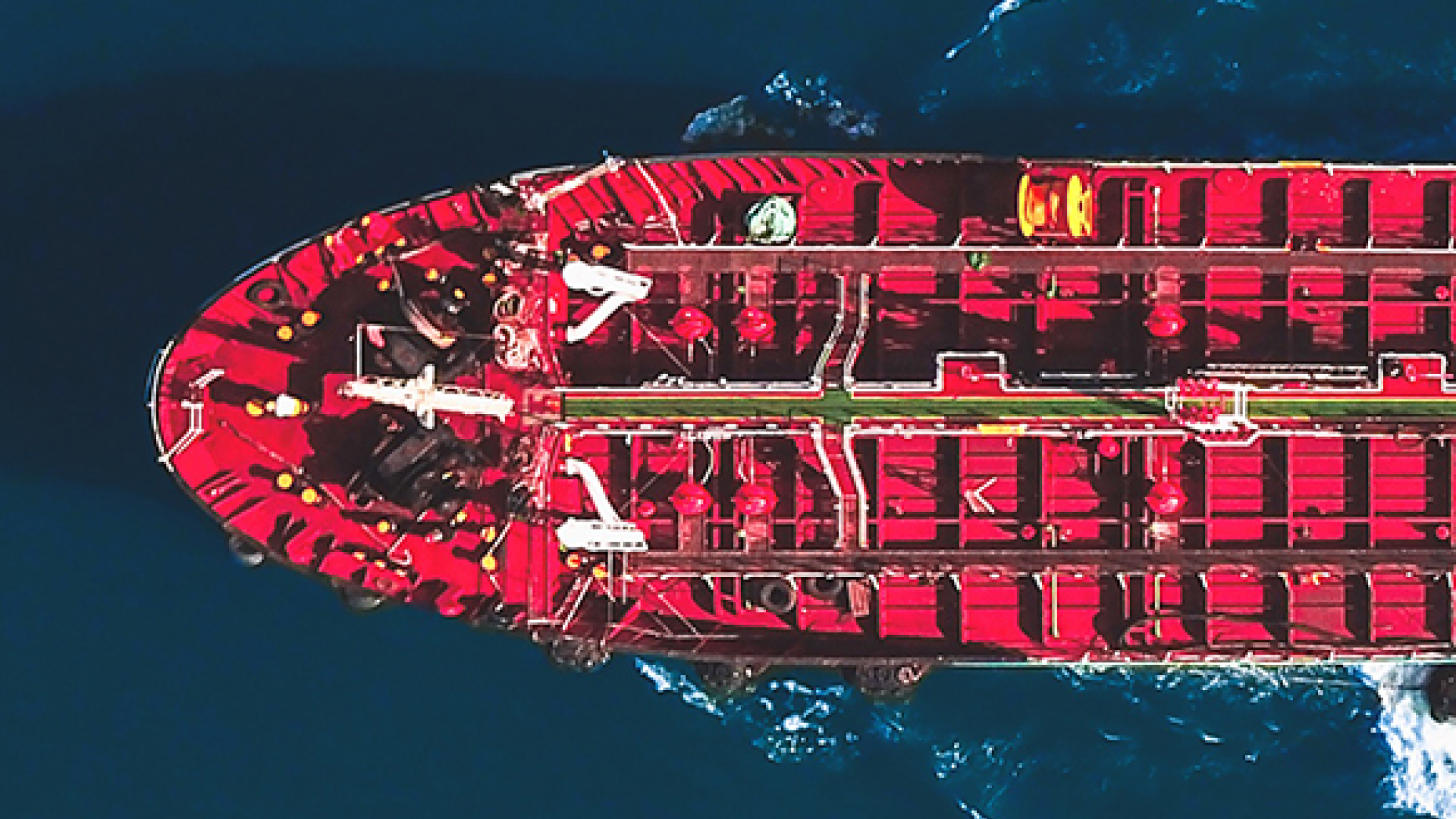
Geoeconomic Briefing
Geoeconomic Briefing is a series featuring researchers at the IOG focused on Japan’s challenges in that field. It also provides analyses of the state of the world and trade risks, as well as technological and industrial structures (Editor-in-chief: Dr. Kazuto Suzuki, Director, Institute of Geoeconomics (IOG); Professor, The University of Tokyo).
Disclaimer: The opinions expressed in Geoeconomic Briefing do not necessarily reflect those of the International House of Japan, Asia Pacific Initiative (API), the Institute of Geoeconomics (IOG) or any other organizations to which the author belongs.
-
 Is China Guardian of the ‘Postwar International Order’?2025.12.17
Is China Guardian of the ‘Postwar International Order’?2025.12.17 -
 Japan-India Defense in a Fragmenting Indo-Pacific2025.12.10
Japan-India Defense in a Fragmenting Indo-Pacific2025.12.10 -
 The “Economic Security is National Security” Strategy2025.12.09
The “Economic Security is National Security” Strategy2025.12.09 -
 India - Japan: The Glimpse of a Shared Vision2025.12.05
India - Japan: The Glimpse of a Shared Vision2025.12.05 -
 Beijing’s ‘Globalist’ Agenda Under Trump 2.02025.12.01
Beijing’s ‘Globalist’ Agenda Under Trump 2.02025.12.01
 Event Report: The Trump Tariffs and Their Impact on the Japanese Economy2025.11.25
Event Report: The Trump Tariffs and Their Impact on the Japanese Economy2025.11.25 The Real Significance of Trump’s Asia Trip2025.11.14
The Real Significance of Trump’s Asia Trip2025.11.14 The “Economic Security is National Security” Strategy2025.12.09
The “Economic Security is National Security” Strategy2025.12.09 The long road to a South Korea-U.S. trade deal2025.11.26
The long road to a South Korea-U.S. trade deal2025.11.26 Trump’s Tariffs Might Be Here to Stay – No Matter Who’s in Power2025.11.28
Trump’s Tariffs Might Be Here to Stay – No Matter Who’s in Power2025.11.28


